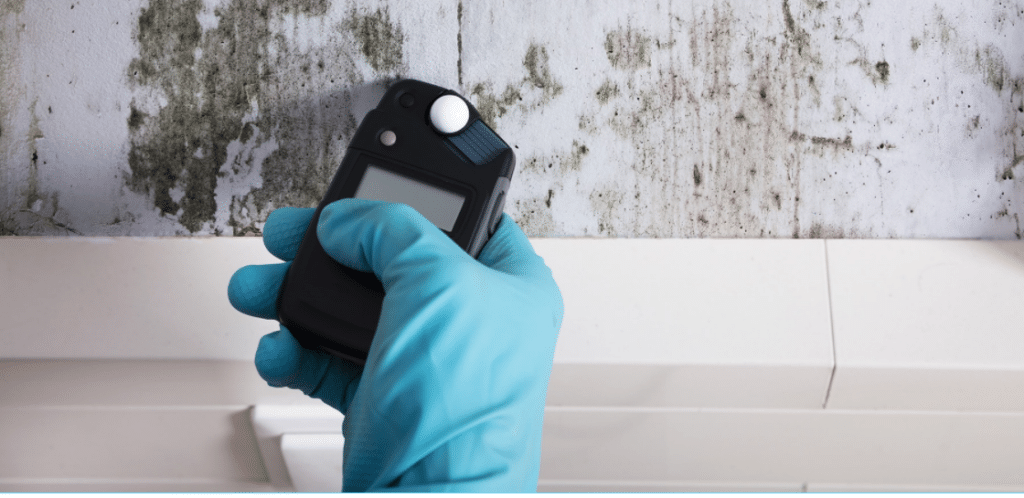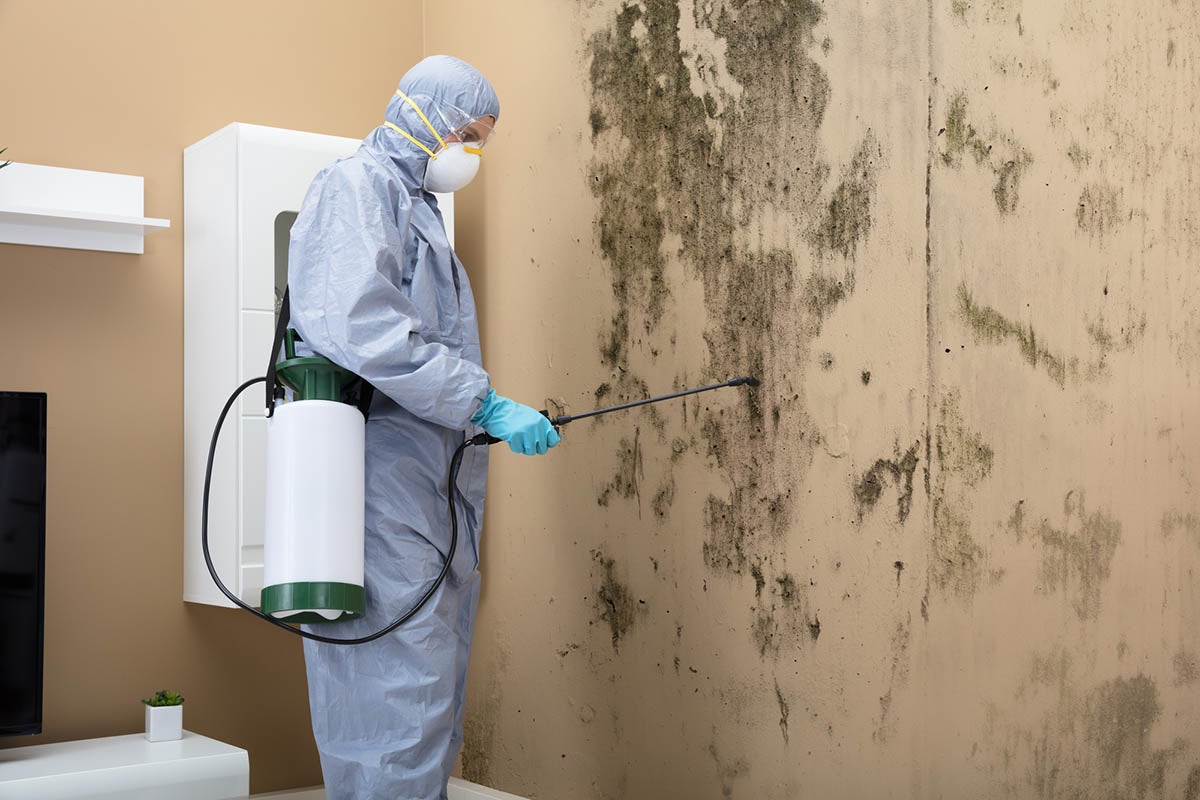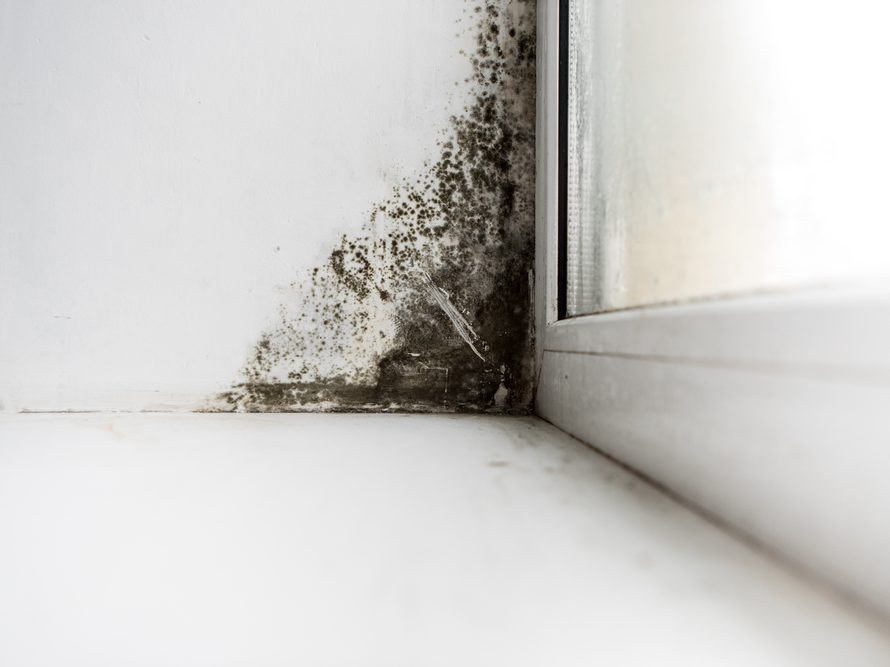Ensuring Post Remediation Verification Precision
Ensuring Post Remediation Verification Precision
Blog Article
Your Ultimate Overview to Post Mold Removal Methods
Navigating the world of post-mold removal strategies is a precise procedure that requires interest to information and a thorough understanding of the details included. In the aftermath of mold and mildew invasion, recognizing how to efficiently eliminate the mold and mildew and prevent its reoccurrence is paramount for keeping a healthy and balanced interior setting. From picking the right cleansing and sanitizing methods to implementing methods for lasting mold avoidance, each action in the removal journey plays a crucial duty in guaranteeing a successful end result. As we get started on this expedition of post-mold remediation methods, we will uncover the key strategies and ideal methods that can help you recover your space to its pre-mold problem and guard it against future mold and mildew dangers.
Understanding Post-Mold Removal Process
After completing the mold removal process, it is crucial to recognize the post-mold remediation strategies that are needed to ensure a complete and effective clean-up. Once the mold and mildew has been gotten rid of, the following step involves cleaning and decontaminating the affected locations to avoid any regrowth of mold and mildew. This consists of making use of specialized cleansing representatives to wipe down surfaces and kill any type of staying mold spores. It is important to dry out the location totally to discourage the growth of mold and mildew in the future (what to do after mold remediation). Proper ventilation and dehumidification can aid in this process.
Furthermore, conducting a final assessment post-remediation is essential to ensure that all mold has actually been successfully gotten rid of. If the assessment reveals any type of lingering mold and mildew, additional removal may be needed.
Effective Cleansing and Decontaminating Methods

Stopping Future Mold And Mildew Growth

Significance of Proper Ventilation
Proper ventilation plays a critical duty in protecting against moisture accumulation, an essential variable in mold and mildew development within interior atmospheres. Effective ventilation systems aid get rid of excess moisture from the air, decreasing the opportunities of mold and mildew spores finding the dampness they need to spread and germinate. Without adequate ventilation, indoor spaces can come to be a breeding ground for mold, causing prospective wellness dangers and structural damages.
By ensuring correct air blood circulation, air flow systems can additionally help in drying out damp locations quicker after water damage or flooding cases, further deterring mold development. Post Remediation Inspection near me. In areas like bathrooms, cellars, kitchen areas, and attic weblink rooms where wetness levels have a tendency to be greater, mounting and keeping efficient ventilation systems is crucial in protecting against mold and mildew invasions

Monitoring and Maintenance Tips
Given the crucial duty that appropriate ventilation plays in preventing mold development, it is crucial to develop efficient tracking and upkeep tips to guarantee the ongoing capability of air flow systems. Normal inspections of ventilation systems should be conducted to look for any kind of indications of clogs, leaks, or malfunctions that might hinder appropriate air flow. Monitoring moisture degrees within the residential or commercial property is also essential, as high moisture can add to mold and mildew development. Installing a hygrometer can assist track moisture levels and alert home owners to any spikes that might need interest. Furthermore, making certain that air filters are on a regular basis cleansed or changed is vital for keeping the performance of the air flow system. Applying a routine for routine upkeep tasks, such as air duct cleansing and HVAC system assessments, can help protect against issues prior to they intensify. By remaining attentive and positive to the problem of air flow systems, homeowner can properly reduce the risk of mold regrowth and maintain a healthy interior environment.
Final Thought
To conclude, post-mold remediation techniques are crucial for guaranteeing a secure and clean setting. Understanding the process, carrying browse around this site out reliable cleansing and decontaminating approaches, stopping future mold growth, maintaining proper ventilation, and regular monitoring are all essential action in the remediation process. By adhering to these standards, you can effectively remove mold and mildew and prevent its return, advertising a healthy living or working space for all occupants.
In the results of mold problem, recognizing just how to properly get rid of the mold and mildew and prevent its reoccurrence is critical for preserving a healthy and balanced indoor atmosphere. As soon as the mold and mildew has been removed, the next step includes cleaning and disinfecting the impacted locations to avoid any regrowth of mold and mildew - Post Remediation verification. After removing noticeable mold and mildew development, it is crucial to clean all surfaces in the affected area to get rid of any kind of continuing to be mold spores. To further improve mold prevention measures, it is vital to address underlying issues that originally led to mold and mildew advancement.Provided the essential duty that appropriate air flow plays in stopping mold and mildew growth, it is important to establish effective surveillance and upkeep suggestions to make sure the ongoing capability of ventilation systems
Report this page